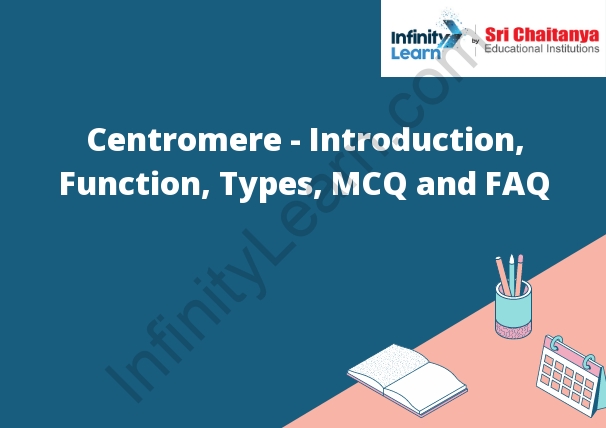Table of Contents
Introduction to Centromere
Centromere – Introduction: A centromere is a specialized region of a chromosome that is responsible for the formation of the mitotic spindle during cell division. The centromere is also involved in the attachment of the chromosome to the spindle fibers, which ensures that the chromosome is accurately divided between the daughter cells. The centromere is a relatively short region of DNA that is rich in histones, which are proteins that help to package and organize the DNA.

What is a Centromere?
A centromere is a chromosomal region that is responsible for the attachment of the chromosome to the mitotic spindle during cell division. The centromere is composed of repetitive DNA sequences that are essential for proper chromosome segregation.
The Functions of Centromere
- A centromere is a chromosomal region that is important for the segregation of chromosomes during cell division. The centromere is the region where the kinetochore is located.
- The kinetochore is a protein structure that attaches to the spindle microtubules and mediates the movement of chromosomes to the daughter cells during cell division.
- A centromere is a chromosome region that is essential for cell division. It is the site where the two sister chromatids are attached to each other. The centromere is also responsible for the movement of chromosomes to the daughter cells during mitosis. Centromeres are composed of DNA and protein. The DNA is arranged in a specialized structure called a kinetochore. The kinetochore is responsible for the attachment of the chromosomes to the spindle fibers during mitosis.
Types of Centromere
There are two types of centromeres: structural and functional.
- Structural centromeres are composed of repetitive DNA sequences that form a specialized chromatin structure called a kinetochore. The kinetochore is responsible for attaching chromosomes to the spindle fibers during cell division.
- Functional centromeres are not composed of repetitive DNA sequences, but are instead composed of unique DNA sequences that are essential for proper chromosome segregation. Functional centromeres can be formed when a structural centromere is lost or deleted.
FAQ
1. What is the centromere?
The centromere is a region of the chromosome that is responsible for the movement of the chromosome during cell division. The centromere is composed of DNA and proteins and is located in the center of the chromosome.
2. What is a centromere mutation?
A centromere mutation is a mutation that affects the centromere. These mutations can cause the centromere to be unstable or to move to the wrong location on the chromosome.
3. What are the symptoms of a centromere mutation?
The symptoms of a centromere mutation can vary depending on the type of mutation. Some mutations may cause the chromosome to be unstable and may lead to cell death. Other mutations may cause the chromosome to move to the wrong location on the chromosome, which can lead to genetic disorders.
4. How is a centromere mutation diagnosed?
A centromere mutation can be diagnosed by performing a genetic test. This test can determine if the mutation is present in the centromere.
5. How is a centromere mutation treated?
There is no specific treatment for a centromere mutation. However, some treatments may be available for the symptoms that are caused by the mutation.






